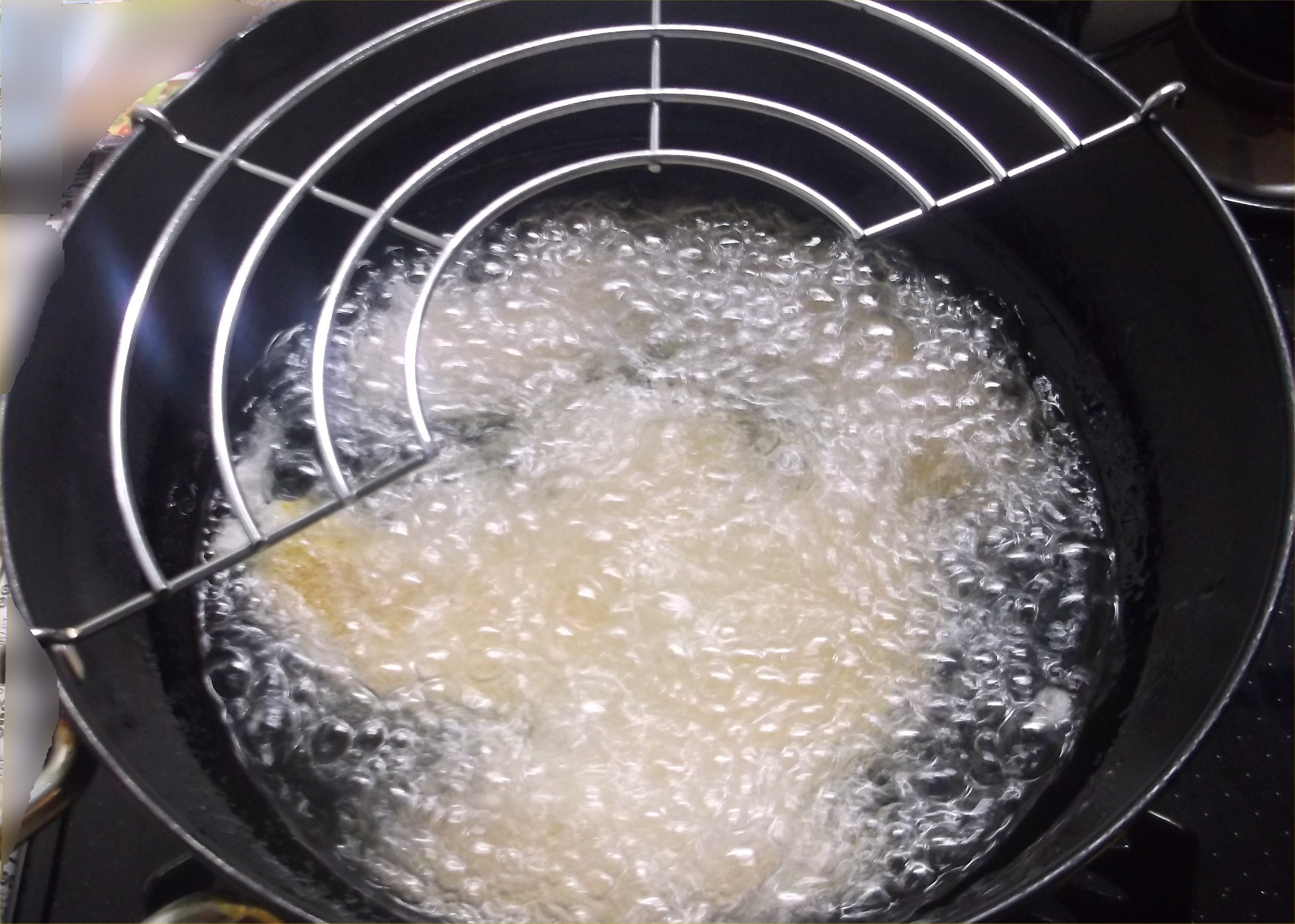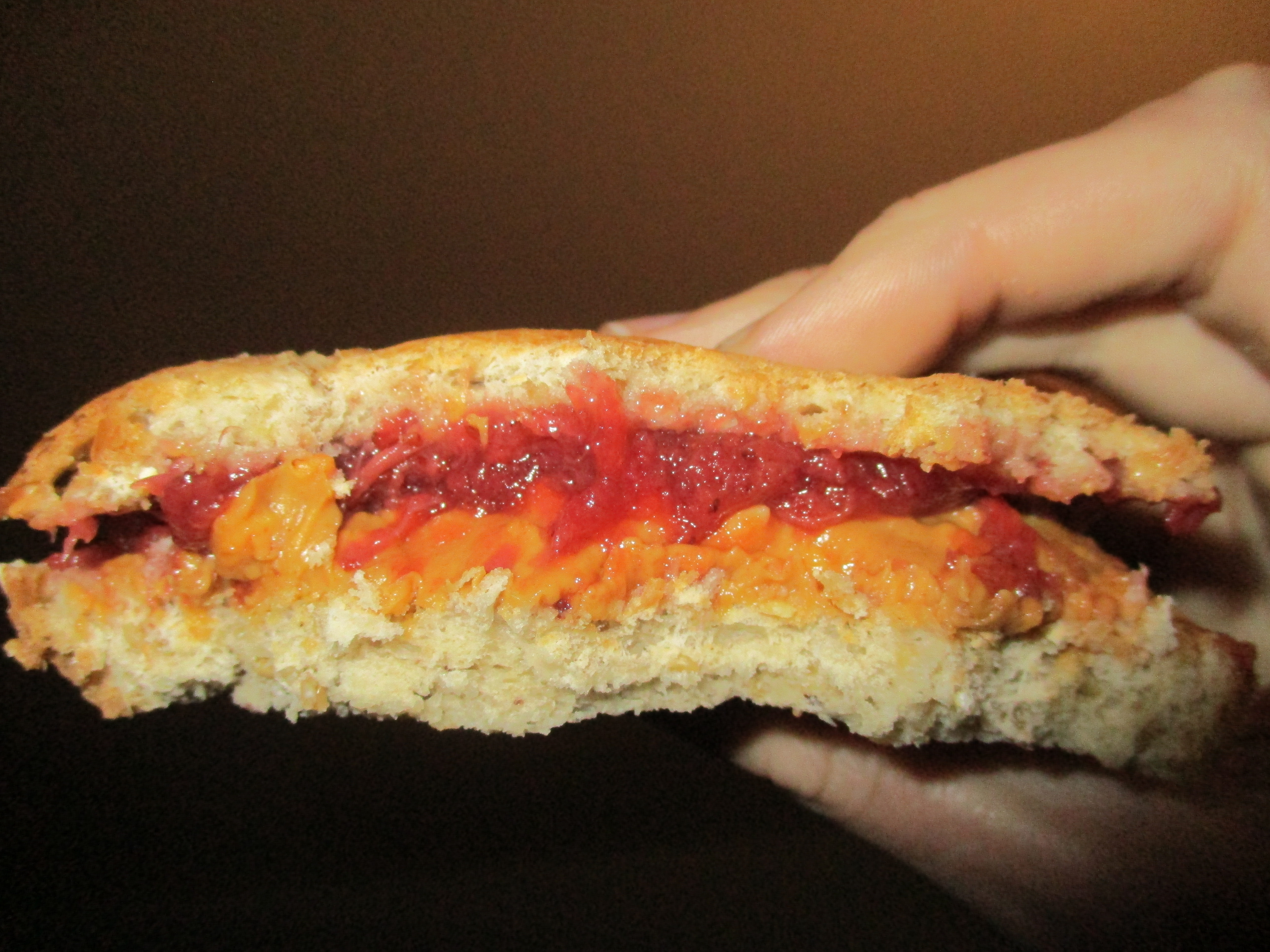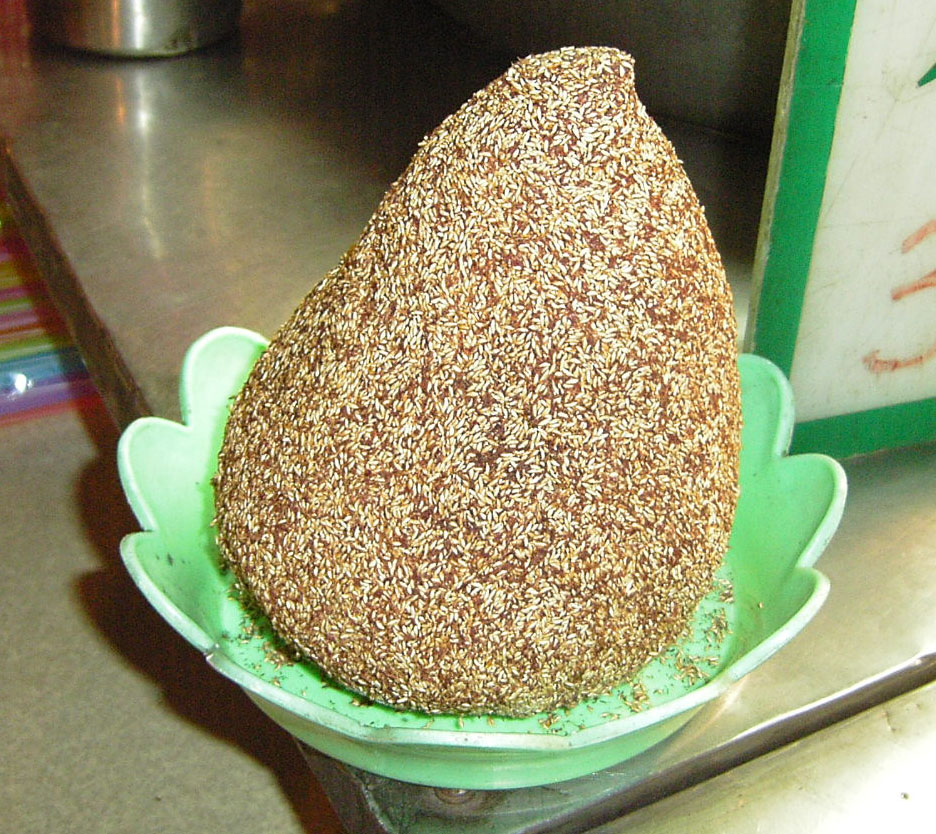|
Shilin Night Market
Shilin Night Market () is a night market in Shilin District, Taipei, Taiwan, often considered to be the largest and most famous night market in Taiwan. Overview The night market encompasses two distinct sections sharing a symbiotic relationship: a section formerly housed in the old Shilin Market building, containing mostly food vendors and small restaurants; and the surrounding businesses and shops selling other nonfood items. The food court holds 539 stalls, and the second floor serves as a parking lot for 400 cars. In addition to the food court, side streets and alleys are lined with storefronts and roadside stands. Cinemas, video arcades, and karaoke bars are also prevalent in the area. Like most night markets in Taiwan, the local businesses and vendors begin opening around 16:00. As students begin returning home from school, crowds reach their peak between 20:00 and 23:00. Businesses continue operating well past midnight, closing around 01:00 or 02:00. Tourist traffic ha ... [...More Info...] [...Related Items...] OR: [Wikipedia] [Google] [Baidu] |
Shilin District
Shilin District (also spelled Shihlin District, zh, t=士林區, p=Shìlínqū, poj=Sū-lîm-khu) is a district of Taipei. The central command center of the Republic of China Navy (ROCN) is located in Shilin. History The name ''Shilin'' was derived from ''Pattsiran'', the indigenous Ketagalan word for "hot springs". It was then transliterated into Chinese as "" (), which has been written as ''Pat-chi-na'' or ''Pachina''. Prior to Han Chinese settlement, the area was home to the ''Kimassauw'' community () of the Taiwanese indigenous peoples. During the Qing era, a fort was set up, later called Zhilan Yi Bao (first fort/settlement of Pattsiran, ). By the late Qing dynasty, "many literary talents from Shilin had passed the imperial examination", prompting the local gentry to rename it ''Shilin'' (), meaning "congregation of scholars and talents".alternately, "scholars enter the forest" (). In the 1920s under Japanese colonial rule, the area was organized as and in 1933 ... [...More Info...] [...Related Items...] OR: [Wikipedia] [Google] [Baidu] |
Ma-tsu (goddess)
Mazu or Matsu is a Chinese sea goddess also known by several other names and titles. She is the deified form of the legendary figure Lin Mo or Lin Moniang, a Fujianese shamaness whose life span is traditionally dated from 960 to 987. Revered after her death as a tutelary deity of seafarers, including fishermen and sailors, her worship spread throughout China's coastal regions and overseas Chinese communities throughout Southeast Asia and overseas, where some Mazuist temples are affiliated with famous Taiwanese temples. She was thought to roam the seas, protecting her believers through miraculous interventions. She is now generally regarded by her believers as a powerful and a benevolent Queen of Heaven. Mazu worship is popular in Taiwan as large numbers of early immigrants to Taiwan were Hoklo people; her temple festival is a major event in the country, with the largest celebrations around her temples at Dajia and Beigang. Names and titles In addition to Mazu.. or ... [...More Info...] [...Related Items...] OR: [Wikipedia] [Google] [Baidu] |
Night Markets In Taiwan
Taiwanese night markets ( zh, t=夜市, p=yèshì) are street markets in Taiwan that operate in urban or suburban areas between sunset and sunrise. A few, such as Huaxi Street Tourist Night Market (or Snake Alley), utilize purpose-built marketplaces, but most occupy either sidewalks or even entire streets that carry vehicle and pedestrian traffic by day. Some night markets in smaller side streets and alleys feature retractable roofs. Most night markets operate daily and feature a mixture of individual stalls selling clothing, consumer goods, ''xiaochi'' (similar to snacks or fast food), and specialty drinks. The atmosphere is usually crowded and noisy with hawkers shouting and fast-paced music playing over loudspeakers. Taiwanese night markets have evolved over the years from small local gatherings to noisy streets lined with vendors. These vendors must adhere to regulations placed on their activities by the Taiwanese government. History Similar markets have existed in Chinese c ... [...More Info...] [...Related Items...] OR: [Wikipedia] [Google] [Baidu] |
Tempura
is a typical Japanese dish usually consisting of seafood, meat and vegetables that have been battered and deep fried. The dish was introduced by the Portuguese in Nagasaki through fritter-cooking techniques in the 16th century. The word ''tempura'' comes from the Latin word , a term referring to times of fasting when the church dictated that Catholics go meatless. Preparation Batter A light batter is made of iced water, eggs, and soft wheat flour (cake, pastry or all-purpose flour). Sometimes baking soda or baking powder is added to make the fritter light. Using sparkling water in the place of plain water makes a similar effect. Tempura batter is traditionally mixed in small batches using chopsticks for only a few seconds, leaving lumps in the mixture that, along with the cold batter temperature, result in the unique fluffy and crisp tempura structure when cooked. The batter is often kept cold by adding ice or placing the bowl inside a larger bowl with ice. Overmixing the ba ... [...More Info...] [...Related Items...] OR: [Wikipedia] [Google] [Baidu] |
Stinky Tofu
Stinky tofu () is a Chinese form of fermented tofu that has a strong odor. It is usually sold at night markets or roadside stands as a snack, or in lunch bars as a side dish, rather than in restaurants. Traditionally the dish is fermented in a brine with vegetables and meat, sometimes for months. Modern factory-produced stinky tofu is marinated in brine for one or two days to add odor. Production Unlike cheese, stinky tofu fermentation does not have a fixed formula for starter bacteria; wide regional and individual variations exist in manufacturing and preparation. The traditional method of producing stinky tofu is to prepare a brine made from fermented milk, vegetables, and meat; the brine can also include dried shrimp, amaranth greens, mustard greens, bamboo shoots, and Chinese herbs. The brine fermentation can take as long as several months. Modern factories often use quicker methods to mass-produce stinky tofu. Fresh tofu is marinated in prepared brine for only a day or ... [...More Info...] [...Related Items...] OR: [Wikipedia] [Google] [Baidu] |
Small Sausage In Large Sausage
Small sausage in large sausage () is a snack sausage sandwich invented in Taiwan in the late 20th century. A segment of Taiwanese pork sausage is wrapped in a (slightly bigger and fatter) sticky rice sausage to make this delicacy, usually served chargrilled. Deluxe versions are available in night markets in Taiwan, with condiments such as pickled bokchoy, pickled cucumber, garlic, hot peppers, wasabi, and thick soy sauce paste to complement the taste. See also * Taiwanese cuisine * Night markets in Taiwan * List of sausages * List of sausage dishes * List of stuffed dishes This is a list of stuffed dishes, comprising dishes and foods that are prepared with various fillings and stuffings. Some dishes are not actually stuffed; the added ingredients are simply spread atop the base food, as one cannot truly stuff an oy ... * References * * * * Taiwanese sausages Stuffed dishes {{Taiwan-cuisine-stub ... [...More Info...] [...Related Items...] OR: [Wikipedia] [Google] [Baidu] |
Peanut Butter And Jelly Sandwich
A peanut butter and jelly sandwich (PB&J) consists of peanut butter and fruit preserves—jelly—spread on bread. The sandwich may be Open-faced sandwich, open-faced, made of a single slice of bread folded over, or made using two slices of bread. The sandwich is popular in the United States, especially among children; a 2002 survey showed the average American will eat 1,500 peanut butter and jelly sandwiches before graduating from high school. There are many variations of the sandwich, starting with the basic peanut butter sandwich or jam sandwich (food), jam sandwich. Preparation In basic preparation methods, a layer of peanut butter is spread on one slice of bread and a layer of fruit preserves is spread on another before the two sides are sandwiched together. (Jelly is a fruit-based spread, made primarily from fruit juice boiled with a gelling agent and allowed to set, while jam contains crushed fruit and fruit pulp, heated with water and sugar and cooled until it ... [...More Info...] [...Related Items...] OR: [Wikipedia] [Google] [Baidu] |
Papaya Milk
The papaya (, ), papaw, () or pawpaw () is the plant species ''Carica papaya'', one of the 21 accepted species in the genus ''Carica'' of the family Caricaceae. It was first domesticated in Mesoamerica, within modern-day southern Mexico and Central America. In 2020, India produced 43% of the world supply of papayas. Etymology The word ''papaya'' comes from Arawak via Spanish, this is also where ''papaw'' and ''pawpaw'' come from. Description The papaya is a small, sparsely branched tree, usually with a single stem growing from tall, with spirally arranged leaves confined to the top of the trunk. The lower trunk is conspicuously scarred where leaves and fruit were borne. The leaves are large, in diameter, deeply palmately lobed, with seven lobes. All parts of the plant contain latex in articulated laticifers. Flowers Papayas are dioecious. The flowers are five-parted and highly dimorphic; the male flowers have the stamens fused to the petals. The female flowers hav ... [...More Info...] [...Related Items...] OR: [Wikipedia] [Google] [Baidu] |
Oyster Vermicelli
Oyster vermicelli or oyster misua (traditional Chinese: 蚵仔麵線; Taiwanese Hokkien: ô-á mī-sòaⁿ) is a kind of noodle soup originated in Taiwan. Its main ingredients are oysters and misua (Chinese vermicelli). One of the famous places serving this is in Dihua Street, Dadaocheng, Taipei. A tan-brown variety of vermicelli used for this dish is made primarily with wheat flour and salt, and gains its unique colour due to a steaming process which caramelizes the sugars in the dough, allowing it to be cooked for longer periods without breaking down. An alternative is vermicelli with large intestine, in which oysters are substituted with small segments of pig's large intestine. See also * Chinese noodles * Misua * List of noodle dishes * List of seafood dishes * Taiwanese cuisine * Night markets in Taiwan Taiwanese night markets ( zh, t=夜市, p=yèshì) are street markets in Taiwan that operate in urban or suburban areas between sunset and sunrise. A few, such as Huax ... [...More Info...] [...Related Items...] OR: [Wikipedia] [Google] [Baidu] |
Oyster Omelet
200px, Taiwanese style Oyster omelette The oyster omelette, as known as o-a-tsian (), o-chien () or orh luak (; Peng'im: ''o5 luah4'') is a dish of Banlamese (both Hokkien and Teochew) origin that is renowned for its savory flavor in its native Minnan region and Chaoshan, along with Taiwan and many parts of Southeast Asia such as the Philippines, Thailand, Malaysia and Singapore due to the influence of the Banlamese diaspora. Variations of the dish exist in some southern regions of China. Summary The oyster omelette is a Taiwanese "night market favorite", and has constantly been ranked by many foreigners as the top dish from Taiwan. Its generous proportions and affordable price demonstrates the trait of night market cuisines. In the Philippines, English language menus often call the dish "oyster cake". Ingredients The dish consists of an omelette with a filling primarily composed of small oysters. Starch (typically sweet potato starch) is mixed into the egg batter, giving the ... [...More Info...] [...Related Items...] OR: [Wikipedia] [Google] [Baidu] |
Aiyu Jelly
Aiyu jelly (; or ; or simply ), known in Amoy Hokkien as ''ogio'' (), and as ice jelly in Singapore (), is a jelly made from the gel from the seeds of the awkeotsang creeping fig found in Taiwan and East Asian countries of the same climates and latitudes. The jelly is not commonly made or found outside of Taiwan, Malaysia, and Singapore, though it can be bought fresh in specialty stores in Japan and canned in Chinatowns. It is also used in Taiwanese cuisine. In Cantonese, it is also known as man tau long (文頭郎). It is commonly served with a slice of lime. Origin According to oral history, the plant and the jelly were named after the daughter of a Taiwanese tea businessman in the 1800s. The gelling property of the seeds was discovered by the businessman as he drank from a creek in Chiayi. He found a clear yellowish jelly in the water he was drinking and was refreshed upon trying it. Looking above the creek he noticed fruits on hanging vines. The fruits contained seeds that ... [...More Info...] [...Related Items...] OR: [Wikipedia] [Google] [Baidu] |
Bubble Tea
Bubble tea (also known as pearl milk tea, bubble milk tea, tapioca milk tea, boba tea, or boba; , ) is a tea-based drink that originated in Taiwan in the early 1980s. Taiwanese immigrants brought it to the United States in the 1990s, initially in California through regions like Los Angeles county, but has likewise spread to other countries where there is a large East Asian diasporic population. Bubble tea most commonly consists of tea accompanied by chewy tapioca balls ("boba" or "pearls"), but it can be made with other toppings as well, such as grass jelly, aloe vera, or red bean. It has many varieties and flavors, but the two most popular varieties are pearl black milk tea and pearl green milk tea ("pearl" signifies the tapioca balls at the bottom). Description Bubble teas fall under two categories: teas without milk and milk teas. Both varieties come with a choice of black, green, or oolong tea as the base. Milk teas usually include powdered milk or fresh milk, but may als ... [...More Info...] [...Related Items...] OR: [Wikipedia] [Google] [Baidu] |










